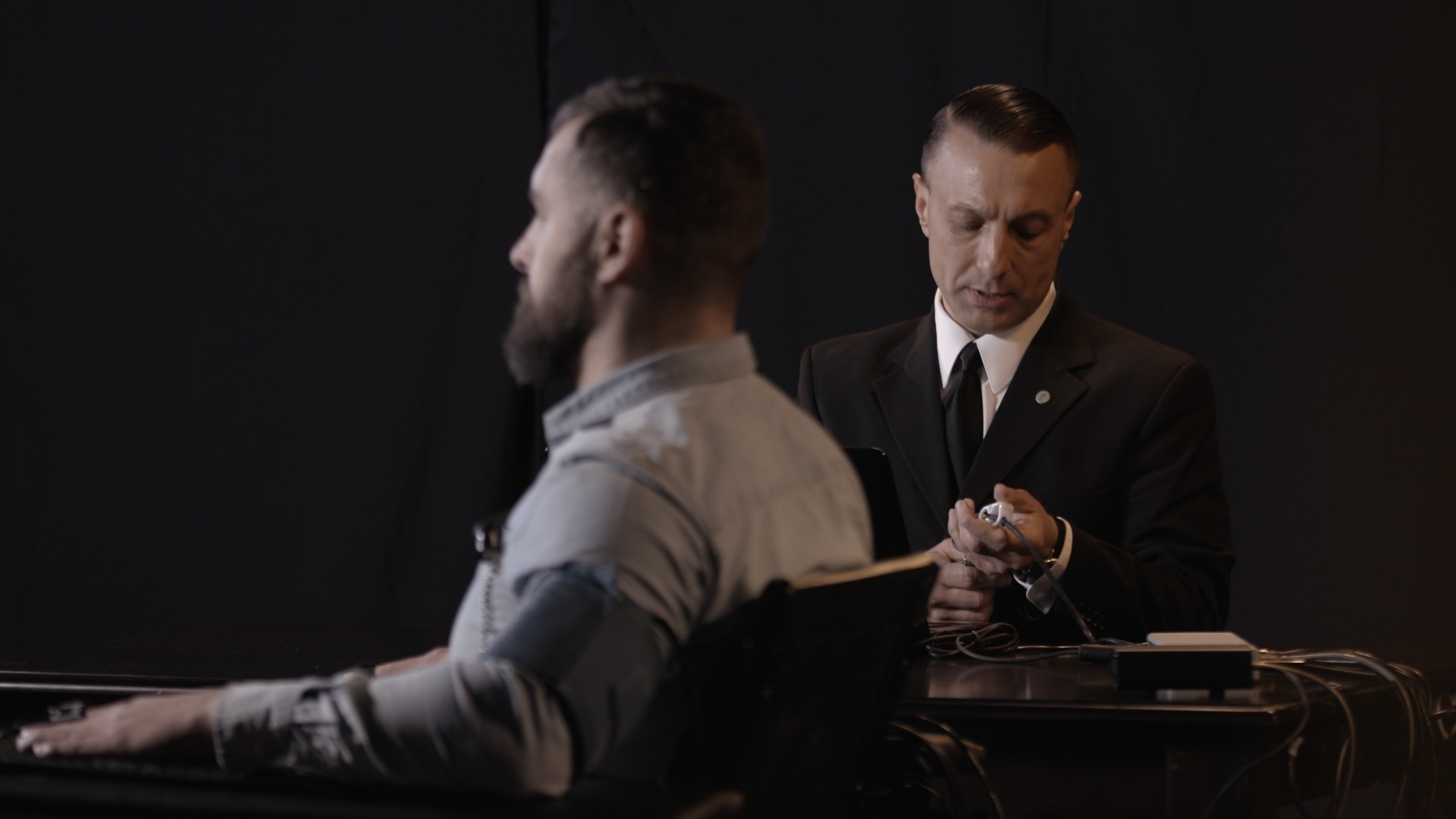Though he’s since disavowed his far-right beliefs, he says he still gets chills when he thinks of his time at the front.“This brotherhood which comes when you share life and death, it’s a poison. I’ve never been a drug user, but I can imagine the feeling is pretty much the same.”Skillt is just one of many far-right extremists, estimated to number between the hundreds and the low thousands, who have flocked to eastern Ukraine to take up arms since fighting erupted in 2014. Hailing from across Europe, North and South America, and as far away as Australia, they’re drawn by the opportunity to fight alongside other right-wing radicals on either side of the conflict. Many see the battle as a crucial training ground for the defense of white Europe, where they can forge deep international links and gain combat experience they believe will be critical at home.“I believe Europe is in great danger”
“We’re very concerned,” said Mollie Saltskog, an intelligence analyst at strategic consultancy firm The Soufan Group, who has tracked the mobilization of far-right foreign fighters. “You have individuals who are battle-hardened, probably more radicalized than before they left. You have a global network of violent white supremacists now who can easily keep in touch on different platforms and go back home, spread that propaganda, conduct training — or move on to the next fight.”“You have individuals who are battle-hardened, probably more radicalized than before they left.”
An overlooked threat
Special Forces of the anti-terrorist police officers show an air-to-air missile seized during an operation against the extreme right in Turin, Italy, 15 July 2019. War weapons were seized from far right groups in various cities in northern Italy on Monday. Three arrests were made.ANSA/TINO ROMANO
Training for race war
“There’s a sense that there’s a battle brewing to preserve white European culture, and that’s where the desire for learning combat skills comes in”
Volunteers of the right-wing paramilitary Azov National Corps light flares during a rally in front of the Ukrainian parliament in Kiev, Ukraine, Monday, Nov. 26, 2018. Hundreds of protesters from far-right party National Corps waved flares at a protest in the snowy streets outside the Ukrainian parliament Monday. They brandished yellow-and-blue flags with the Ukrainian national symbol, the trident, and a huge white banner reading 'Don't back down!" . (AP Photo/Efrem Lukatsky)
Those who joined the Ukrainian far-right militia typically saw themselves as supporting fellow European ultranationalists against Russian aggression. Rekawek said the Swedish neo-Nazis who joined on the Ukrainian side saw it as essentially “the continuation of the Second World War on the eastern front. You are white Europe and you’re fighting Asia, in the form of Russia.” In some truly baffling instances, extreme-right Russians fought alongside Ukrainian nationalists against separatist forces backed by the Kremlin, he said.“Sometimes it’s a matter of accident whether a fighter ends up on side A or side B”
The network
Alongside the battalion, which has been formally incorporated into Ukraine’s national military, it also boasts a political wing and a vigilante street movement, which has been linked to attacks on pride events and Romany camps. (The U.S., which provides military support to Ukraine, has officially banned Azov from receiving any military aid due to its white supremacist ideology.)Azov, which did not respond to VICE News’ requests for comment, has also cultivated strong links with far-right political groups across Europe. Researchers say the movement now plays a key role in a dangerous extremist network drawing new recruits from neo-Nazi mixed martial arts and hooligan scenes.Its influence has extended as far as the United States. In 2018, three members of the violent, California-based white nationalist group Rise Above Movement traveled to meet with Azov representatives during a contact-building tiki-tour across the European far right, even participating in a cage fight at an Azov-affiliated fight club.Skillt, who today lives in Kyiv, has since publicly renounced his far-right allegiances. But he says the war’s impact on foreign fighters should not be underestimated.“Just having that experience makes you more dangerous,” he said. “If you’ve been under fire and you have enough training, then you’ll react on basic instinct.”“Just having that experience makes you more dangerous”
